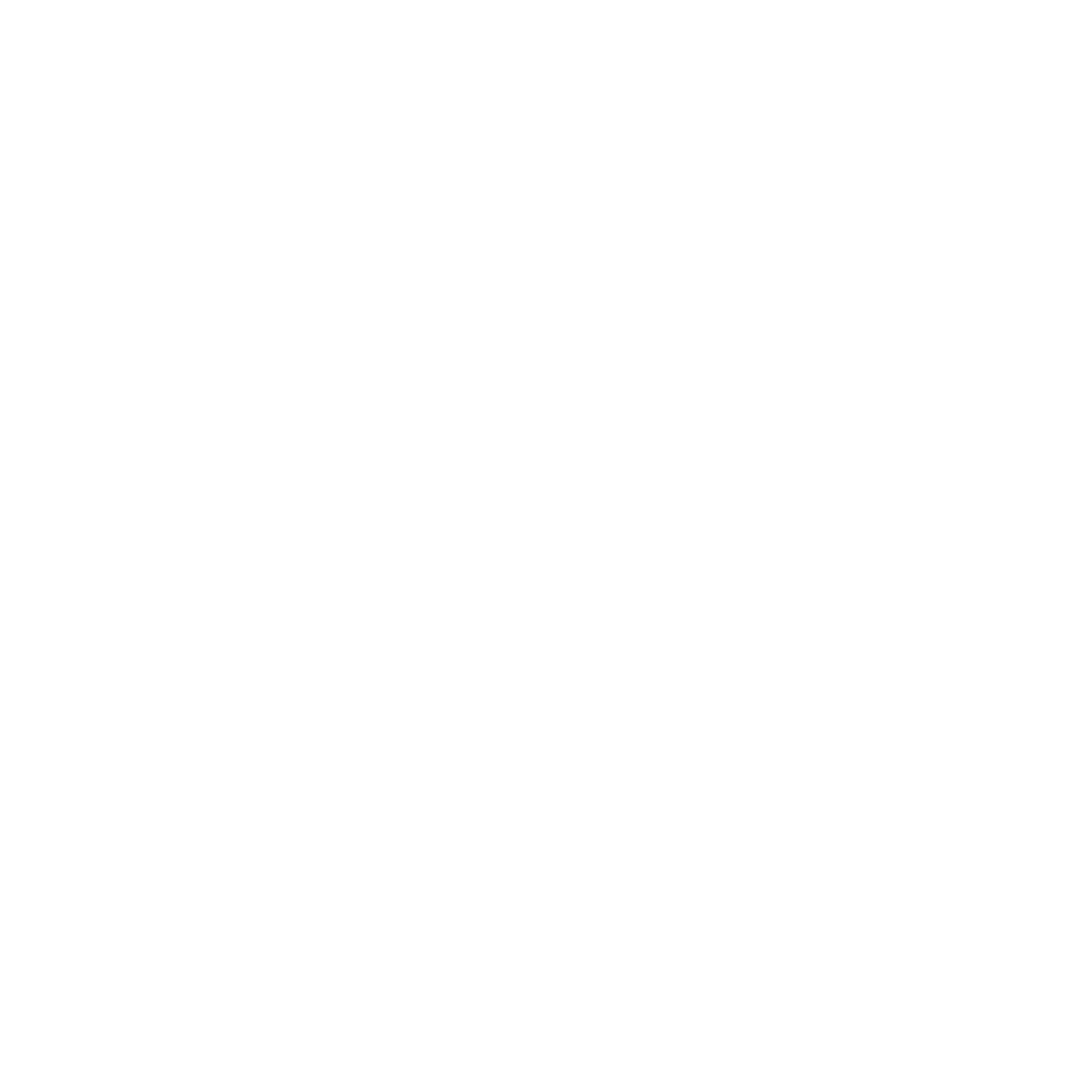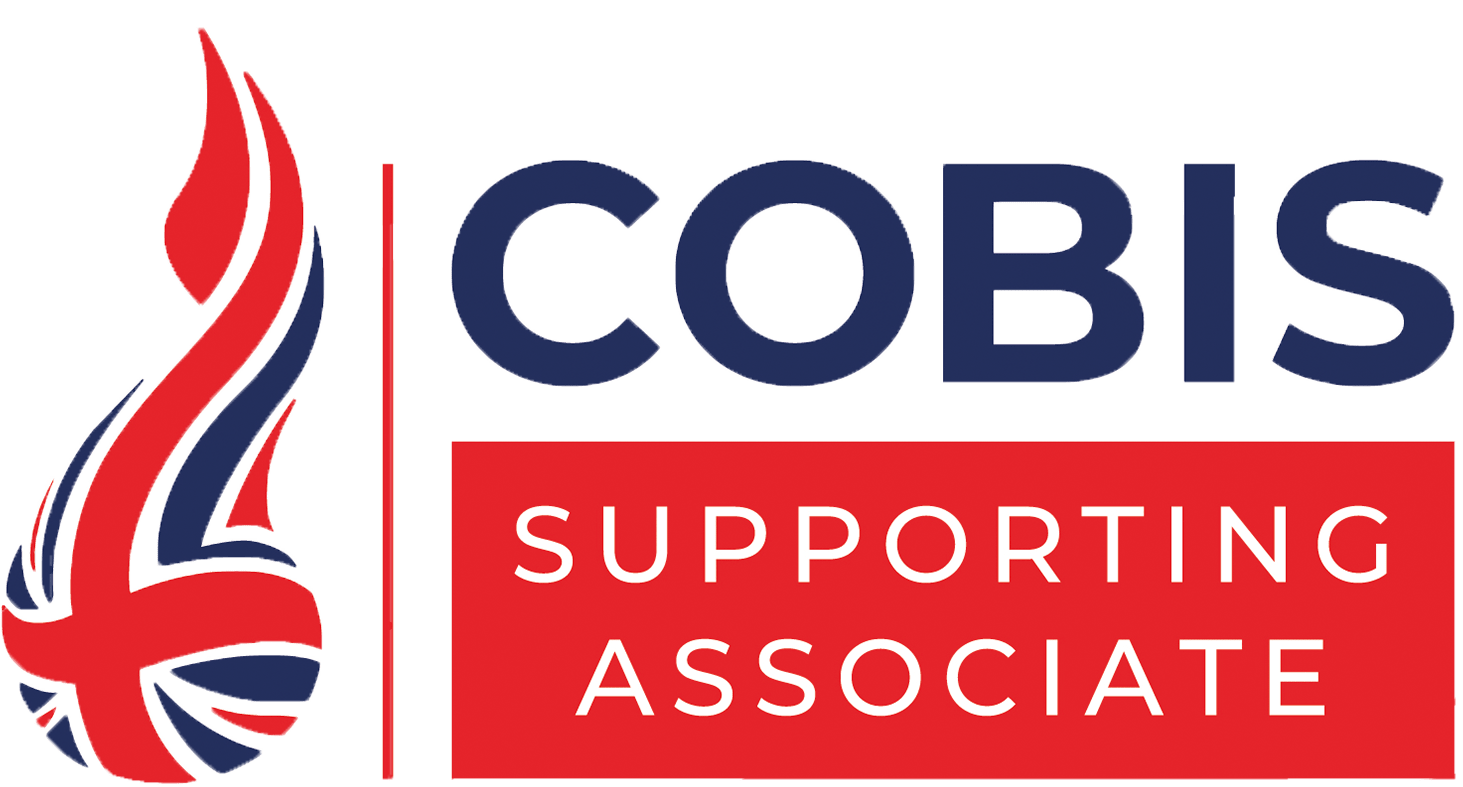Teaching tips and tricks: avoiding ‘fast fashion’ professional development
In an excellent blog post, Sarah Cottingham wrote about teaching ‘tips and tricks’ offered in professional development (PD) sessions, drawing a parallel with “disposable [fast] fashion: we don’t put a lot of thought into picking them up, we try them on for a bit, then we ditch them when something newer comes along.”
Sarah went on to say that: “I now know the reasons tips/tricks were pretty useless at creating a lasting change in my practice to benefit pupil learning:
- I had no idea why tips/tricks were supposed to work.
- The tips/tricks weren’t solutions to problems in my teaching practice.
- I wasn’t motivated or supported to embed them in my teaching.”
Sarah was keen to point out that “effective professional development must teach teachers how to do things, but it should avoid tips and tricks. We avoid teaching tips and tricks by ensuring teachers understand –
- How we learn. This means they understand the end goal better and can evaluate if a tip/trick is worth using as a technique to better achieve learning for their pupils.
- The problems they are trying to solve. We help teachers see the learning problems in their classroom and find apt solutions. These solutions can form techniques that we help them understand and embed.”
And if the Twitter thread that followed publication of the blog post is any indication, Sarah’s writing struck a chord. It certainly struck a chord with me, and EBE’s approach to developing the Great Teaching Toolkit. Teaching tips and tricks? No. Examples of strategies based on sound theory? Yes. Guidance to help you integrate and evaluate your new ideas and techniques in your classroom? Yes.
In this blog, I’ll try to illustrate five ways the Great Teaching Toolkit avoids the ‘fast fashion’ pitfall of focusing PD on teaching tips and tricks.
‘Slow fashion’ professional development
In 2021, EBE released the Great Teaching Toolkit, accessible, sustainable online CPD designed to help teachers and leaders get better at teaching. Slow fashion PD , focused on a shared responsibility for improving outcomes for all learners (including professional learners!).
- Connected and continuing professional development
A core building block of the GTT is a curriculum for teacher learning. We know how important a curriculum is for students’ learning, so we applied this to the special case of teachers’ learning.
This evidence-based curriculum for teacher learning comes in the form of the Model for Great Teaching (published in the GTT: Evidence Review). It sets out the best available evidence about the things teachers do that make a difference to students – in other words, the best bets for investing time and effort to get better at teaching.
The Model for Great Teaching is at the heart of the Great Teaching Toolkit. It’s the core building block on which all others are secured, to which all others are connected. It is connected and continuing professional development, rather than a series of isolated instances of professional development over time.
- Learning about how we learn
The Foundation Course shows you how to use the Toolkit, and helps you to think about yourself not only as a teacher, but as a learner. The Course builds your knowledge about how we learn: attention, working memory, long-term memory, cognitive load, the differences between novices and experts, for example. You won’t find tips and tricks, but useful information for thinking about how you teach your students, and how to optimise learning.
- One thing at once
The Toolkit is designed to help teachers and leaders focus their attention on the elements of their practice that are most likely to make a difference to student outcomes. To help them isolate specific, adaptable aspects of their practice, and to work on developing these over time. It’s not a source of quick fix tips and tricks. It’s not fast fashion PD.
- Develop professional practice
Each course and programme will get you thinking about the ‘why’ of important pedagogical concepts and practices, and then support you to select, adapt and try new strategies and approaches in your own context.
- Purposeful and personalised development
We know that assessment supports learning in a range of ways, and no model of effective teaching could do without it: assessment clarifies what success looks like, it provides vital information about where you’re at in a learning journey, and informs choices about next steps.
Built into the fabric of the Toolkit are (optional) diagnostic tools designed to give you the kind of feedback you need to guide your own next steps, feedback that any learner should expect.
Diagnostic assessment feedback can help you decide what you want to focus on. And it doesn’t just mean highlighting what’s ‘broken’ or ‘not so great’ and then setting about the task of fixing it; it’s also about finding the ‘bright spots’, the things that are already working pretty well.
The Great Teaching Toolkit is sustainable professional development. You won’t find a list of teaching tips and tricks. You’ll find exemplar strategies based on sound theory, and guidance to help you integrate and evaluate new ideas and techniques in your classroom.
You can find out about the Toolkit subscription here, and you can explore some of the tools and courses yourself by creating a free Great Teaching Toolkit: Starter Account here!






What an insightful reflection on the journey of professional development! It’s true that at the beginning, we often focus on accumulating various tips and tricks, thinking they will make us effective teachers.
Such A amazing Info In This Blog I read this and this is very very informative blog for me
Fantastic Information in this Blog Thanks For Sharing this